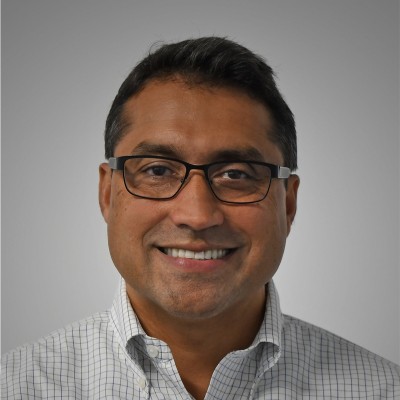- Video Library
- Gulam Khan, Centerline Biomedical - Non-X-Ray Based 3D Surgical Navigation Technology | LSI USA '24
Gulam Khan, Centerline Biomedical - Non-X-Ray Based 3D Surgical Navigation Technology | LSI USA '24

Gulam Khan
President / CEO / Board Member/Global Operating Executive
Medical Device Executive with proven track record of driving growth through organic initiatives and acquisitions.
P&L Leadership
Strategic Planning
New Product Development
Organizational Design & Development
Sales and Marketing Leadership
International Market Development
Legal and Regulatory Oversight
Trained in Lean Manufacturing
Acquisition Integration
Gulam Khan
President / CEO / Board Member/Global Operating Executive
Medical Device Executive with proven track record of driving growth through organic initiatives and acquisitions.
P&L Leadership
Strategic Planning
New Product Development
Organizational Design & Development
Sales and Marketing Leadership
International Market Development
Legal and Regulatory Oversight
Trained in Lean Manufacturing
Acquisition Integration

17011 Beach Blvd, Suite 500 Huntington Beach, CA 92647
714-847-3540© 2025 Life Science Intelligence, Inc., All Rights Reserved. | Privacy Policy







